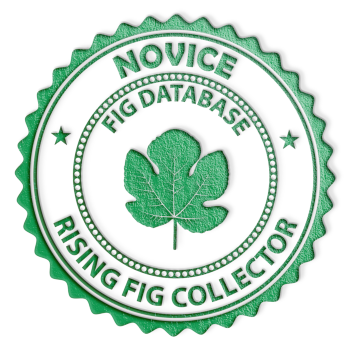Since Pliny the Elder, and long before, we have looked to the land to learn more about the land. If certain species grew well in an area, we know other species might grow well there too. Pliny himself remarked that wheat grew well where wild elder, plum and thimbleberry grew. I've noticed this in my own garden, where certain plants grow where the soil is poor (mimosa), and others grow where the soil is rich (nettle). If a mimosa tree is performing poorly, I can assume that that soil is better than where a mimosa is doing well, and if nettle is performing poorly, I assume that soil is worse than where nettle is performing well. There are many other such indicator species as well
Those are just two tests I do on my land, where I cannot always get a soil test (large acreage), in order to get a layman's eye view of what's going on on my land. With that information I can decide where to plant fig trees with the most success, and where I should maybe delay or avoid altogether.
My question to you is what species do you look for in your own landscape to tell you about your land in general, and with specific context to fig trees?
[video=youtube;WVrPG4YB0MY]https://www.youtube.com/watch?si=cgwht4Kg9ULjSsKE&fbclid=IwAR22f5g1ib3czAT 1tzhgGVPZIQfocrPCnJQ8Pr2hH h98hcC-2WayVBDXTlg&v=WVrPG4YB0MY&feature=youtu.be&ab_chan nel=HealthAndHomestead[/video]
Those are just two tests I do on my land, where I cannot always get a soil test (large acreage), in order to get a layman's eye view of what's going on on my land. With that information I can decide where to plant fig trees with the most success, and where I should maybe delay or avoid altogether.
My question to you is what species do you look for in your own landscape to tell you about your land in general, and with specific context to fig trees?
[video=youtube;WVrPG4YB0MY]https://www.youtube.com/watch?si=cgwht4Kg9ULjSsKE&fbclid=IwAR22f5g1ib3czAT 1tzhgGVPZIQfocrPCnJQ8Pr2hH h98hcC-2WayVBDXTlg&v=WVrPG4YB0MY&feature=youtu.be&ab_chan nel=HealthAndHomestead[/video]



